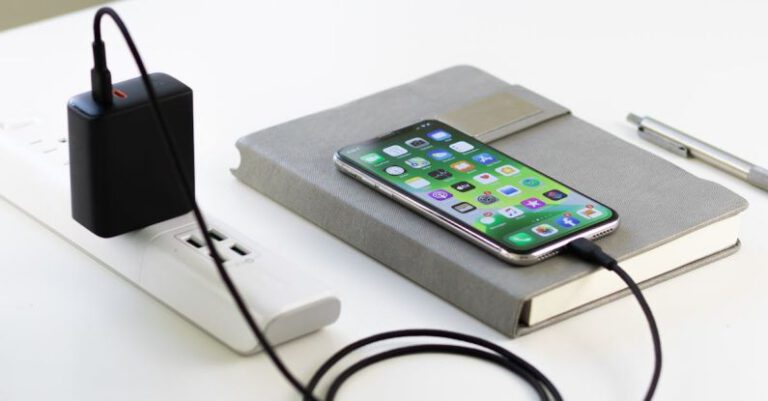What Payment Methods Do Mobile Shoppers Prefer?
In today’s digital era, mobile shopping has become increasingly popular among consumers worldwide. With the convenience of making purchases anytime and anywhere, it comes as no surprise that mobile commerce continues to thrive. However, one crucial aspect that influences the mobile shopping experience is the choice of payment methods available to shoppers. Understanding what payment methods mobile shoppers prefer can help businesses tailor their checkout processes to meet consumer preferences and ultimately drive more sales.
**The Rise of Mobile Shopping**
Mobile shopping has revolutionized the way people shop, offering a seamless and convenient experience that traditional brick-and-mortar stores cannot match. With the proliferation of smartphones and mobile apps, consumers can browse products, compare prices, read reviews, and make purchases with just a few taps on their devices. This shift towards mobile commerce has reshaped the retail landscape, forcing businesses to adapt to changing consumer behaviors and expectations.
**Convenience is Key**
When it comes to mobile shopping, convenience is key. Consumers expect a fast and hassle-free checkout process that allows them to complete their transactions quickly and securely. As such, the payment methods available on mobile platforms play a significant role in shaping the overall shopping experience. Offering a variety of payment options gives consumers the flexibility to choose the method that best suits their preferences and needs.
**Popular Payment Methods**
While traditional payment methods like credit and debit cards remain popular among mobile shoppers, alternative payment methods have been gaining traction in recent years. Digital wallets, such as Apple Pay, Google Pay, and PayPal, have become increasingly popular due to their convenience and security features. These digital payment solutions allow users to store their payment information securely and make purchases with just a touch or click, eliminating the need to enter credit card details manually.
**The Appeal of Buy Now, Pay Later**
Another payment trend that has gained popularity among mobile shoppers is the “Buy Now, Pay Later” option. Services like Afterpay, Klarna, and Affirm allow consumers to split their purchases into interest-free installments, making high-ticket items more affordable and accessible. This payment method appeals to budget-conscious shoppers who prefer to spread out their payments over time rather than making a single upfront payment.
**Security Concerns**
Despite the convenience of mobile shopping, security remains a top concern for consumers when it comes to making online payments. With the increasing prevalence of data breaches and identity theft, shoppers are more cautious about sharing their financial information online. Businesses that prioritize security measures, such as encryption, two-factor authentication, and fraud detection tools, can instill trust and confidence in their customers when it comes to making mobile payments.
**The Future of Mobile Payments**
As technology continues to advance, the future of mobile payments looks promising. Innovations such as biometric authentication, tokenization, and blockchain technology are reshaping the way payments are processed and secured on mobile devices. These advancements not only enhance the security of mobile transactions but also improve the overall user experience by making payments faster and more seamless.
**Adapting to Consumer Preferences**
To succeed in the competitive landscape of mobile commerce, businesses must stay attuned to consumer preferences and trends in payment methods. By offering a diverse range of payment options, optimizing the checkout process for mobile users, and prioritizing security and convenience, businesses can enhance the overall shopping experience and drive customer loyalty.
**In Summary**
Understanding what payment methods mobile shoppers prefer is essential for businesses looking to optimize their mobile commerce strategy. By offering a variety of payment options, prioritizing security, and staying abreast of emerging payment trends, businesses can create a seamless and convenient shopping experience that meets the needs and expectations of today’s mobile consumers. As technology continues to evolve, businesses that adapt to changing consumer preferences and leverage innovative payment solutions will be well-positioned to succeed in the dynamic world of mobile commerce.






